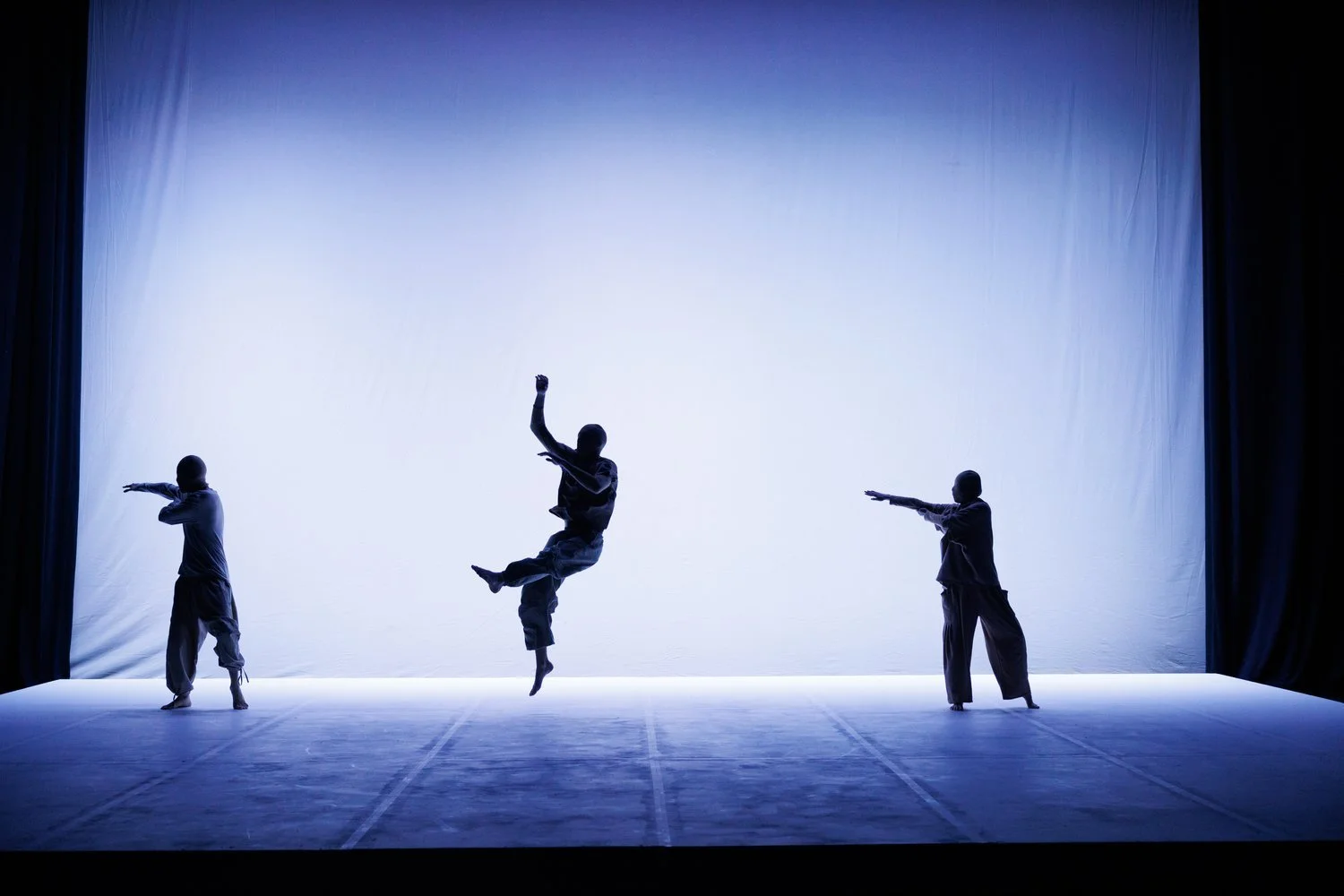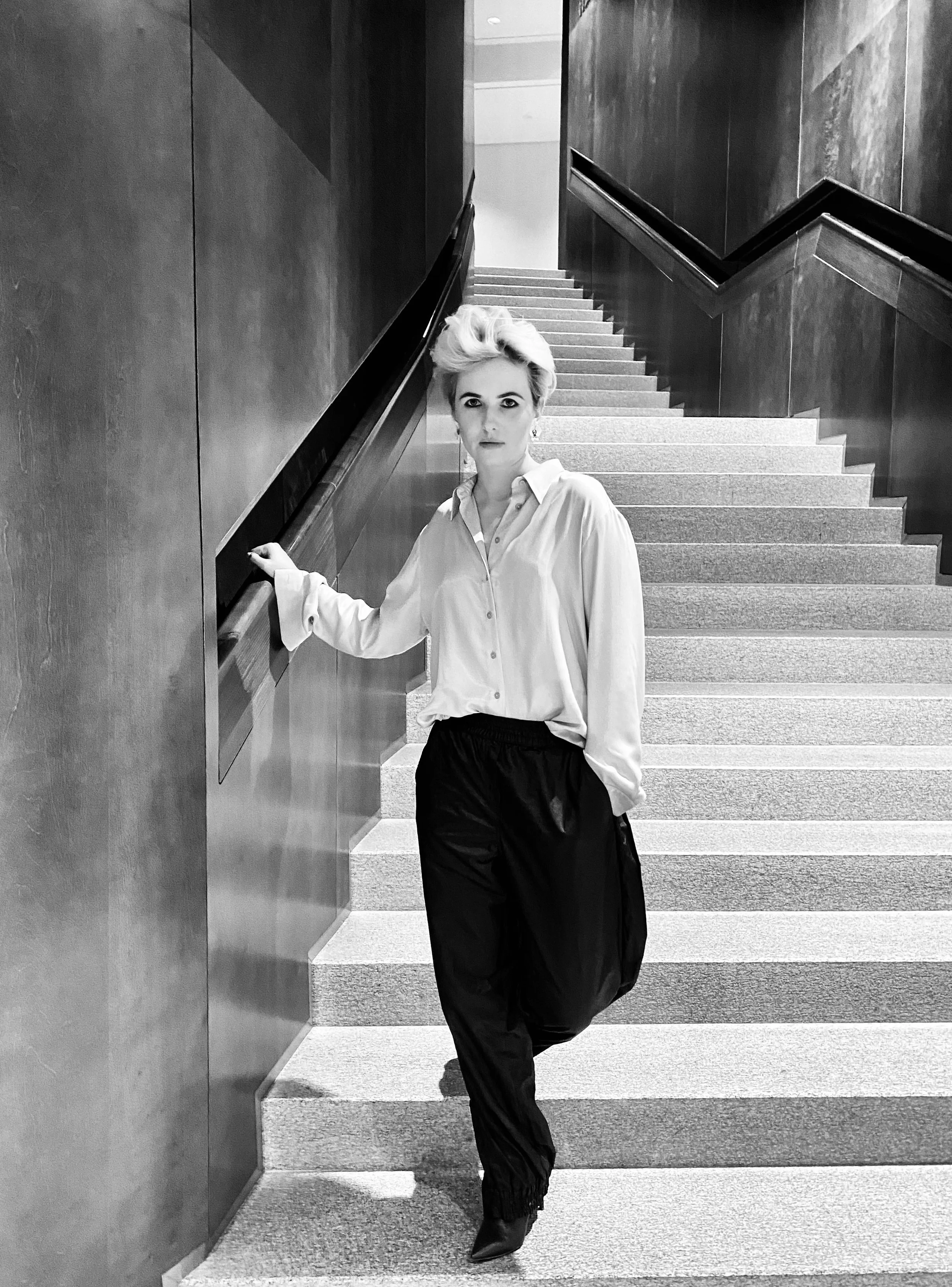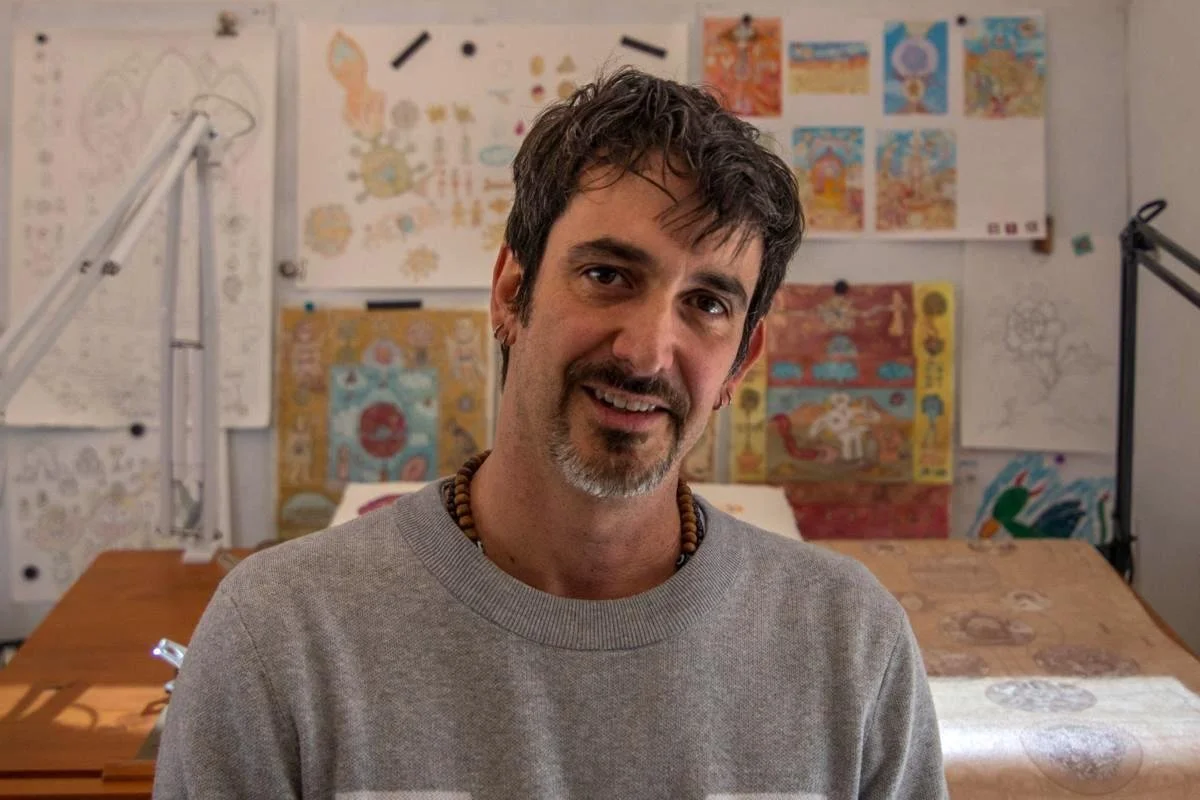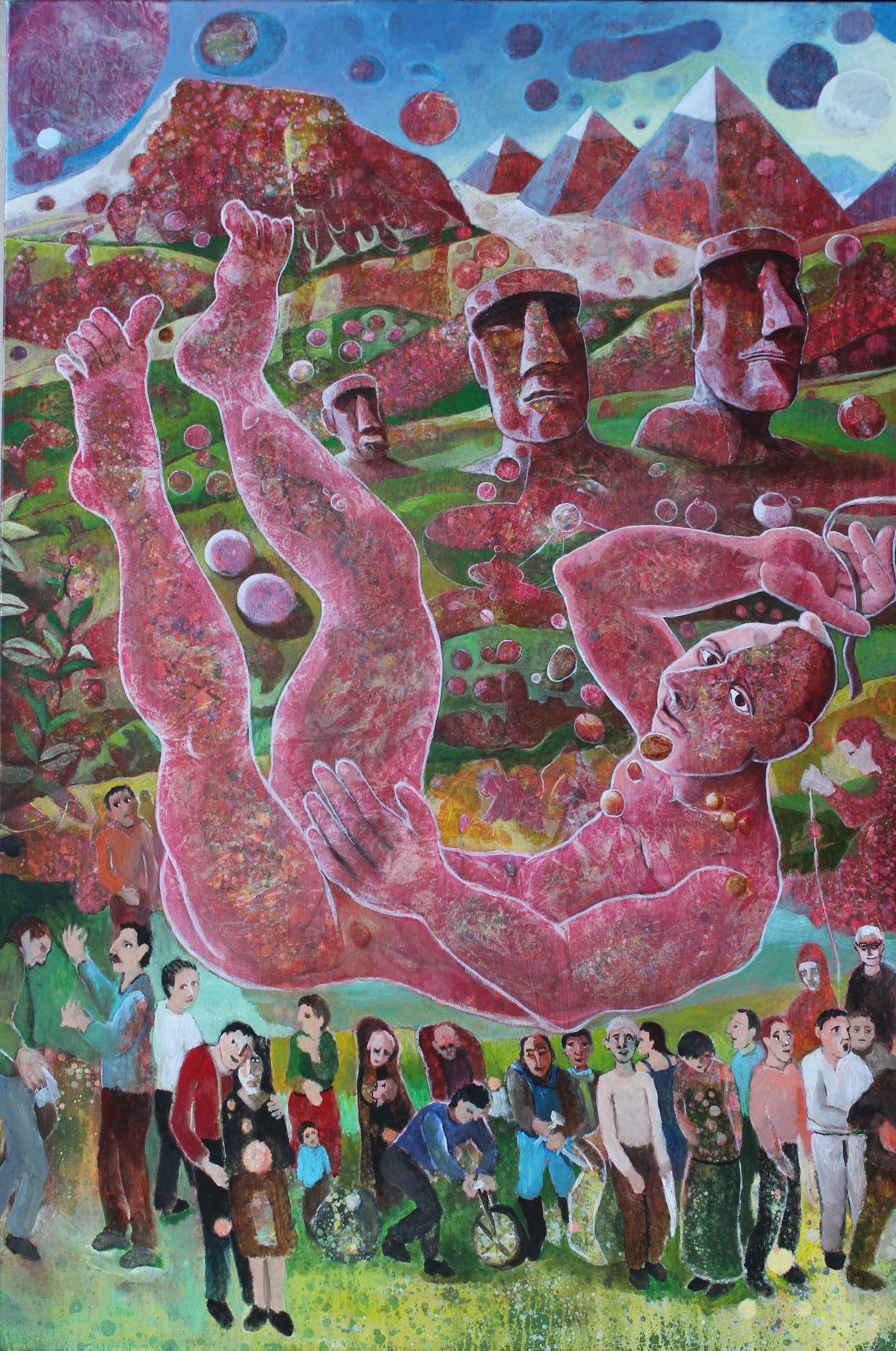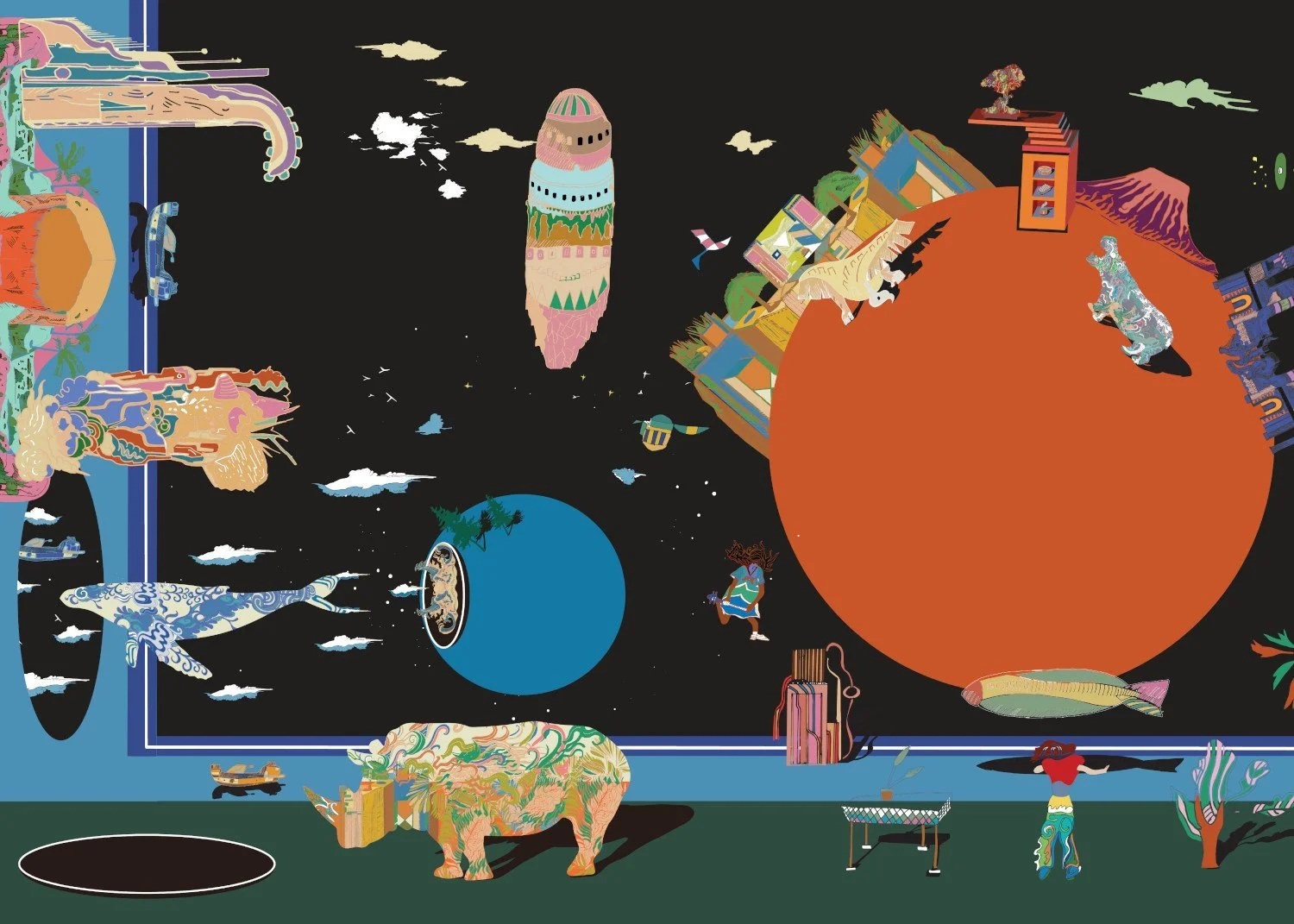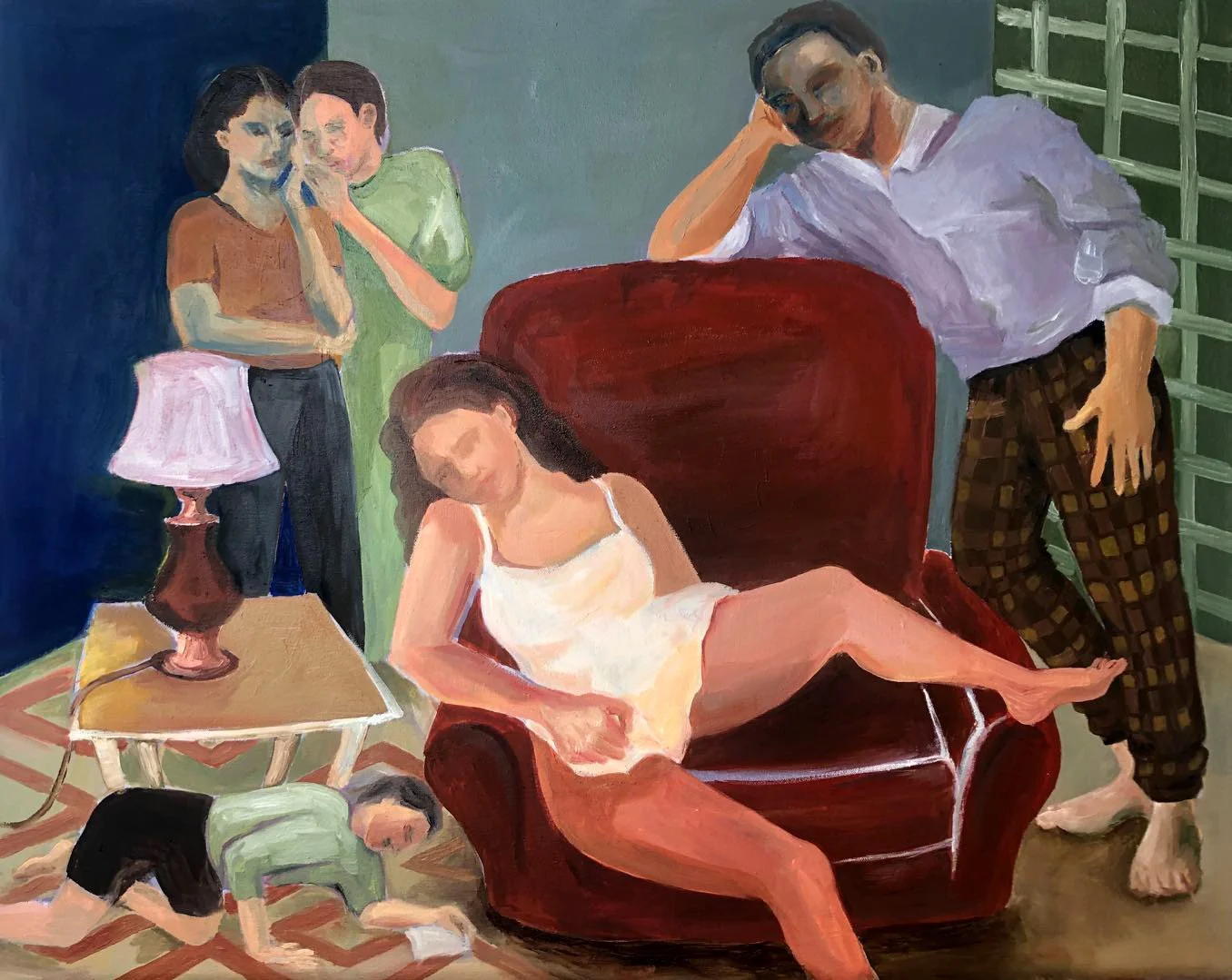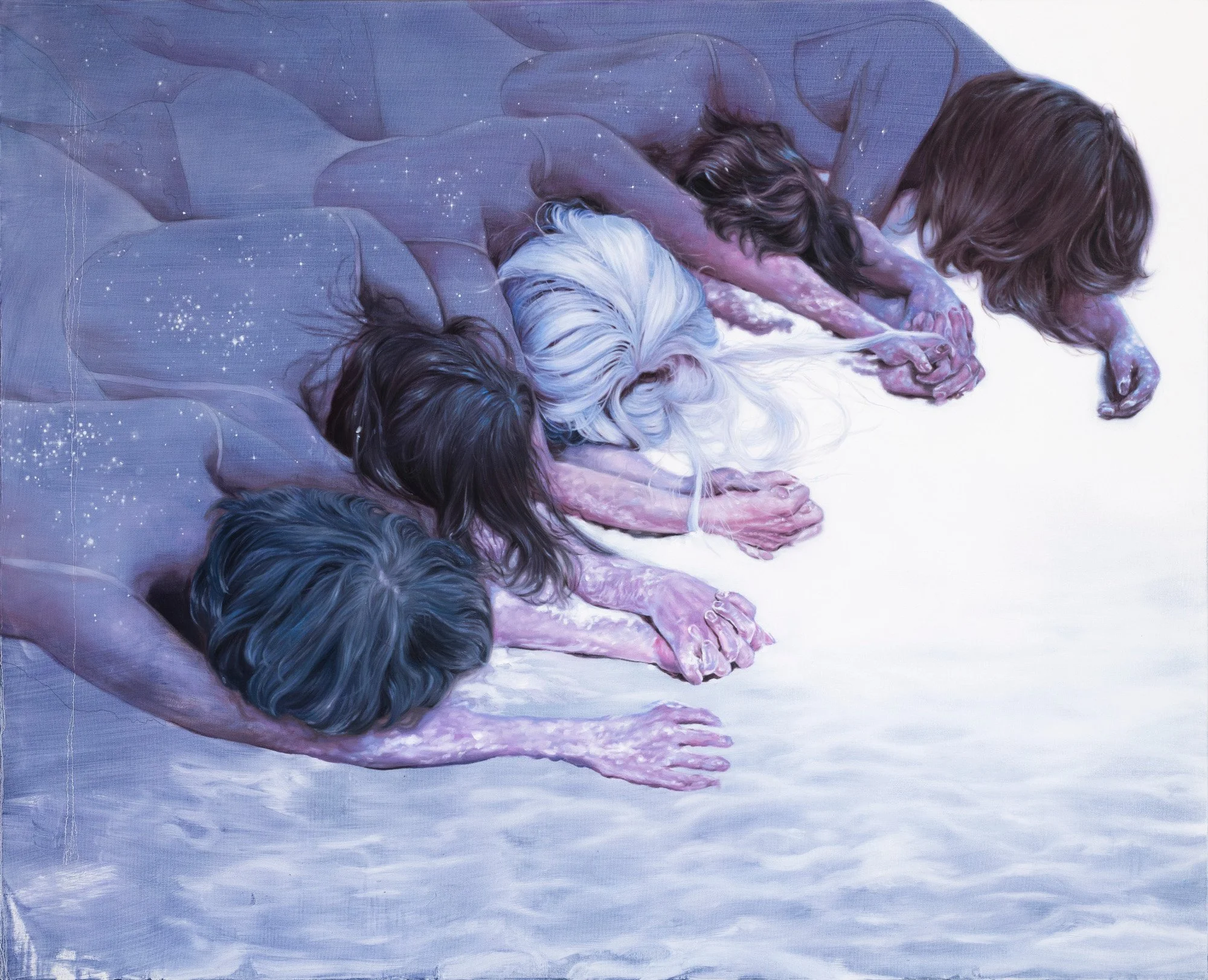INTERVIEW | Bessy Huang
Bessy Huang is a visionary creator who breathes life into the realms of mass media. Her artistic voice dances on the edge of the absurd, the fantastical, and the profoundly dramatic. Fascinated by the surreal nuances of everyday life, she weaves compelling narratives through experimental films and intricately crafted set designs.





